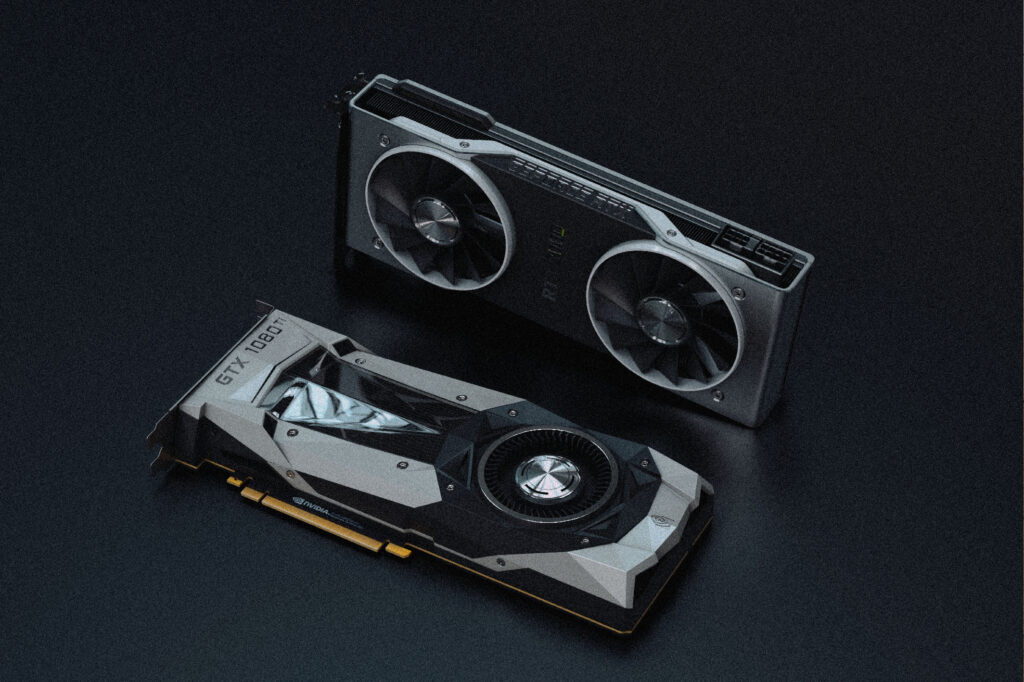Mining with graphics card cores (Graphics Processing Units) gave the digital asset industry a kind of anarchic stamp. It was accessible therefore enabled a genuine decentralization. However, the end of Ethereum mining will probably lead to the fact that only highly specialized machines, so-called ASIC miners, will be used in the future.
Entering the Ethereum mining industry, unlike with Bitcoin, was, until the end, relatively affordable even for small-scale miners. They now have to shut down or move to other networks, which are but a minority among cryptocurrency projects.
The maximum hash rate, the number of attempts it takes to guess an answer to a cryptographic puzzle, was over 1 Ph/s (penta hash per second) this summer. However, the maximum capacity that other Proof-of-Work networks, such as Ethereum Classic, Ravencoin or Ergo, are able to absorb is 10 times smaller. Of these, Ethereum Classic has the greatest potential. However, the daily revenue for miners is only around $1 million. It was $20 million a day for Ethereum. Switching to Bitcoin mining is out of the question because competitors have significantly more powerful mining machines. At the same time, it is basically an oligopoly where there is not much room for small miners.
Miners switching to other networks will increase the difficulty of mining on these networks. That will increase mining difficulty and the prospects for yield will continue to diminish. Because unprecedented increase in hash rate mining on Ethereum Classic is not profitable at present.
For mining to pay off, miners need the most efficient equipment and an energy price below $0.03 per kW/h. However, the commercial price of household energy is significantly higher.
It is estimated that 20% to 30% of Ethereum miners will be able to move to other networks, while the rest will go out of business. In the long term, it looks like the twilight of GPU cryptocurrency mining.

